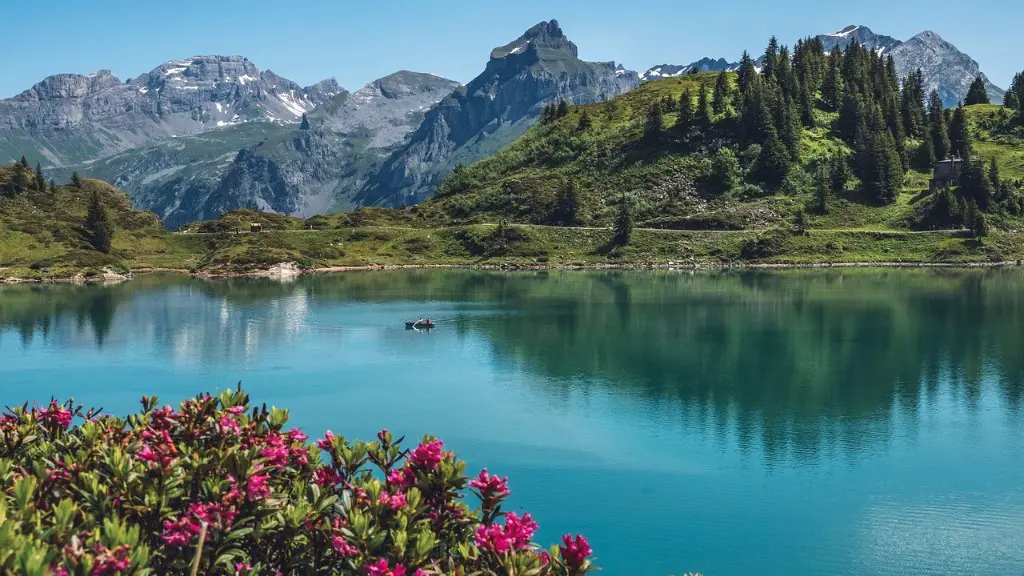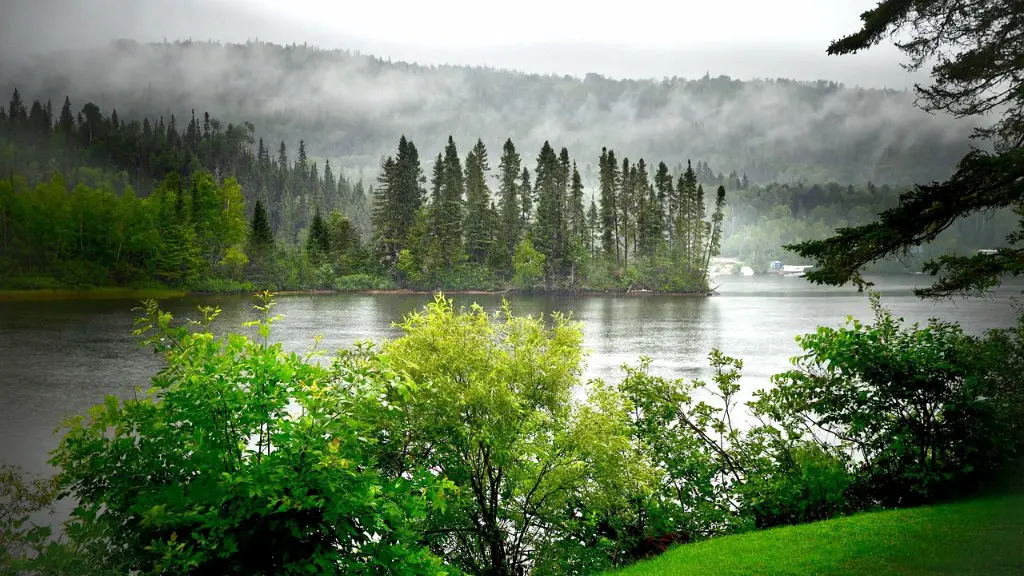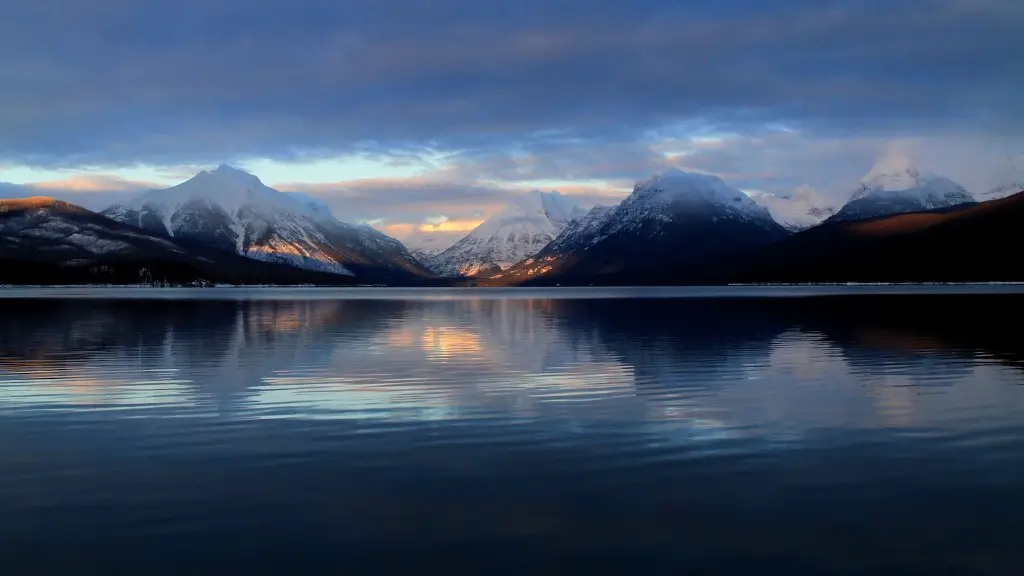Ice Fishing Basics
Ice fishing can be fun and incredibly rewarding, especially during the winter months when the lake is frozen. While it is possible to ice fish on Lake Superior, it also requires some specialized knowledge and skill. Here, we will explore the basics of ice fishing on Lake Superior and provide a guide to help you get started.
Ice fishing on Lake Superior is an incredibly popular winter pastime, but it can be intimidating and difficult to get started. The lake is massive and the conditions can be difficult to manage. The temperatures can drop quickly, especially when you are near the water, and strong winds can whip up quickly. In addition, the lake is fished by a variety of species, from lake trout and walleye to salmon, making it difficult to know what to target.
Safety should be the first concern for any ice fishing trip. Even when the lake is frozen, there is no guarantee that it is safe to be on the ice. The ice must be thick enough to support the weight of everyone and all of the fishing gear. Make sure you check the ice ahead of time, before you decide to fish, and have the proper safety equipment, such as ice picks and safety ropes.
Equipment is an important factor in any ice fishing expedition. In addition to the basics such as fishing rods and lures, you will also need ice augers, sleds, and shelters. In particular, shelters are essential for a successful trip, as they offer protection from wind and cold, and act as a base of operations for the day. Ice augers will also be necessary for cutting holes, which is the traditional way to access fish on the lake.
Where to Fish on Lake Superior?
When it comes to ice fishing on Lake Superior, the best spots are usually near the shorelines. The lake’s edges provide better shelter and less wind, allowing anglers to focus on the fish without worrying about the elements. It is also important to remember that the lake’s floor is uneven, with rocks, cavities, and other terrain features affecting which species will be available.
Depending on what species you are targeting, you should focus your efforts on the areas that hold the most promise. For example, if you are looking for salmon, you should focus on the northern part of the lake, as it has better habitats for salmon. On the other hand, if you are looking for lake trout, you should focus on the Eastern side of the lake and around islands. In this case, you will also have to take into account the tides, which can move the fish around the lake.
Pre-Fishing Tips for Lake Superior
Before you set out for a day of ice fishing, it is important to check the weather and ice conditions. Make sure to follow all safety protocols, and have the appropriate safety gear on hand. Also, be prepared for the possibility of inclement weather. It is a good idea to bring an extra change of clothes and other emergency supplies with you, just in case.
In terms of lures and tackle, it is necessary to consider the specific fish you are targeting. Lake trout, for example, usually prefer live bait, while walleye and salmon prefer artificial lures. For each species, there are specific rigging techniques and tackle setups. It is also important to consider the depth of the water, as certain species prefer deeper water while others stay near the surface.
Do not forget to bring some food and drinks with you as well, just in case you do not catch anything. While it can be easy to forget supplies in the excitement of planning your trip, it is still important to have the necessary resources with you. You never know what can happen when out on the lake.
Advantages of Ice Fishing on Lake Superior
Ice fishing on Lake Superior has its own unique charms. From the unparalleled views to plentiful opportunity for catching fish, ice fishing on the lake has its own unique reward.
For starters, the lake provides many different types of fish and different methods of fishing. When it comes to ice fishing, it is important to know where the fish are at different times of the year, and for this, the lake is home to lake trout and walleye, as well as salmon and whitefish. With this variety of fish, it is possible to target specific species with the right techniques and lures.
In addition, the lake is very large and diverse. This means that it is possible to find areas away from the shorelines that are more sheltered and conducive to ice fishing. The lake’s depth also makes it a good spot for anglers looking to try open water fishing. With its various habitats and depths, Lake Superior is an excellent choice for anyone interested in ice fishing.
Things to Keep in Mind When Ice Fishing on Lake Superior
Before heading out on the lake, it is important to keep in mind some important safety tips. It may be safe to be on the ice but remember that it is not entirely risk-free. Always be aware of the weather conditions, and don’t venture out if the winds are too high.
In addition, make sure to always have the proper safety equipment on hand. Even with the thickest ice, it is always a good idea to have ice picks, ropes, and a first-aid kit ready just in case. Finally, make sure to have the proper fishing license and abide by the regulations set by the state of Michigan.
Techniques for Ice Fishing on Lake Superior
When it comes to ice fishing on Lake Superior, there are plenty of techniques you can use depending on the species of fish you are targeting. For example, walleyes and lake trout prefer live bait such as minnows, while salmon and whitefish can be caught using artificial lures.
In addition to live bait, certain techniques can be used to increase your chances of catching fish. Ice jigging is a popular technique that can be used to lure in fish. This technique involves rapidly dropping a lure down through the hole and then quickly bringing it back up. This mimics an injured or fleeing bait fish and can be effective for attracting a variety of species.
Finally, make sure to use the proper rods, reels, and line for the conditions. Lighter tackle is best when dealing with lighter fish, while heavier line and tackle is better for species such as lake trout and salmon. Depending on the size of the fish, you can also use heavier bait such as jigs and crankbaits.
Ice Fishing Strategies on Lake Superior
It is important to develop a strategy when going on an ice fishing trip. Once you know the area, you should create a plan of attack. Set specific targets for the day, and think about how you will reach those targets.
If you are looking for a specific species of fish, for example, you should focus your efforts around the areas that these species tend to feed in. This might include targeting deeper, darker areas for lake trout, or focusing on the shallower, rocky areas for perch.
In addition, it is a good idea to think about the type of bait and lures you will use as well as the depth of the lake. Knowing the areas you will target can help you to better prepare yourself and your gear for the day. Finally, always be prepared to move if the bite isn’t active in one spot, and make sure to follow the rules and regulations of the lake.
Tips on Choosing the Right Gear
Choosing the right gear is an important part of any ice fishing expedition. From rods and reels to lures and line, there are many different choices and it is up to the angler to decide the best option for their needs.
The type of fish you are targeting is an important factor to consider when choosing gear. For example, lake trout prefer heavier lures, such as crankbaits and live bait, while walleye and salmon prefer lighter lures and baits such as jigs and minnows.
In addition, the type of rod, reel, and line you choose is also important. For example, heavier lines and tackle should be used for large fish such as lake trout and salmon, while lighter gear should be used for smaller fish. Finally, make sure to select gear that is specifically designed for ice fishing and make sure it is of a good quality.
Other Factors to Consider
Finally, there are a few other factors to keep in mind when ice fishing on Lake Superior. Remember to check the weather ahead of time and always follow safety protocols, such as having the proper safety gear with you. In addition, it is important to be aware of any local regulations and restrictions when fishing in the lake.
It is also important to know the best times of day to fish. Typically, the early morning hours are best, as the sun is just rising and the fish are more active. During the middle of the day, most fish tend to be less active, but if the weather and conditions allow it, afternoon fishing can still be productive.
Overall, ice fishing on Lake Superior can be a great experience. With the right gear, technique and strategy, anglers can experience the thrill of ice fishing on the lake and target a variety of fish species, from lake trout and salmon to walleye. All that’s left is to grab your gear and head to the lake.


